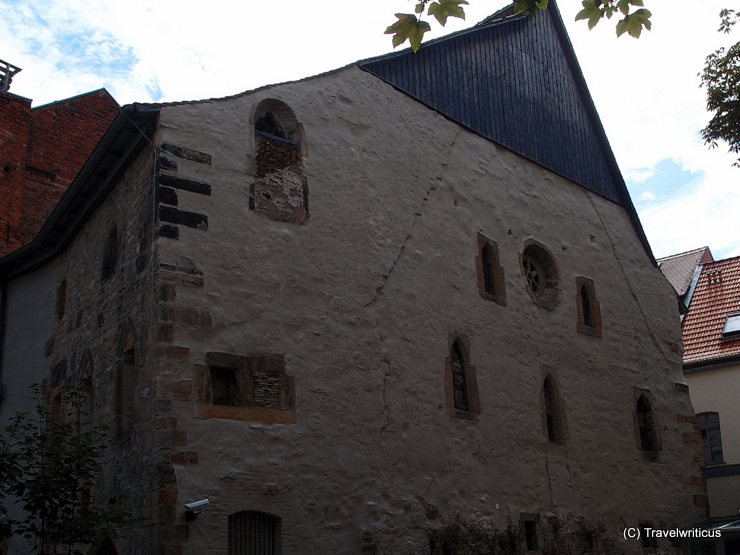
The Old Synagogue in Erfurt is considered the oldest synagogue in Central Europe, which has been preserved up to its roof. Some parts of it date back to the 11th century. Its cellar houses the famous Erfurt Treasure found near the synagogue.
You only see what you know (Goethe)

The Old Synagogue in Erfurt is considered the oldest synagogue in Central Europe, which has been preserved up to its roof. Some parts of it date back to the 11th century. Its cellar houses the famous Erfurt Treasure found near the synagogue.
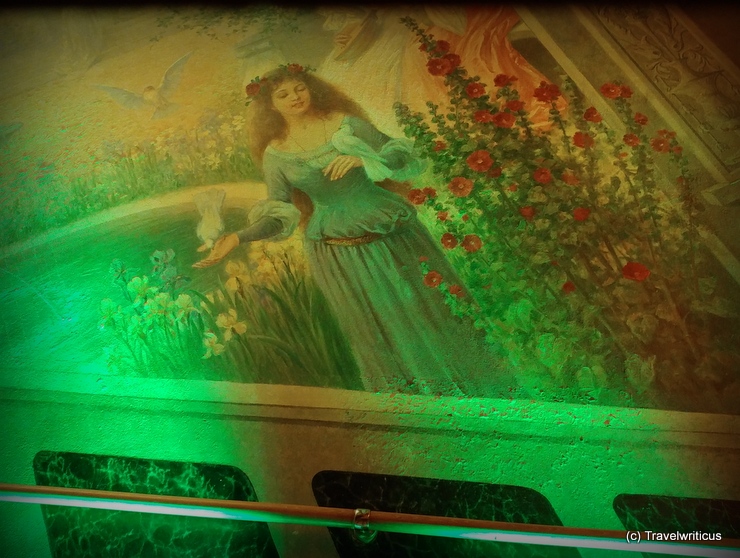
Promenaders reach Villa Haar via a long outside staircase that connects the building with the Ilmpark. Trees provide shade during the ascent, revealing a neo-Renaissance style villa. The stairwell surprises with romantic wall paintings. [German]
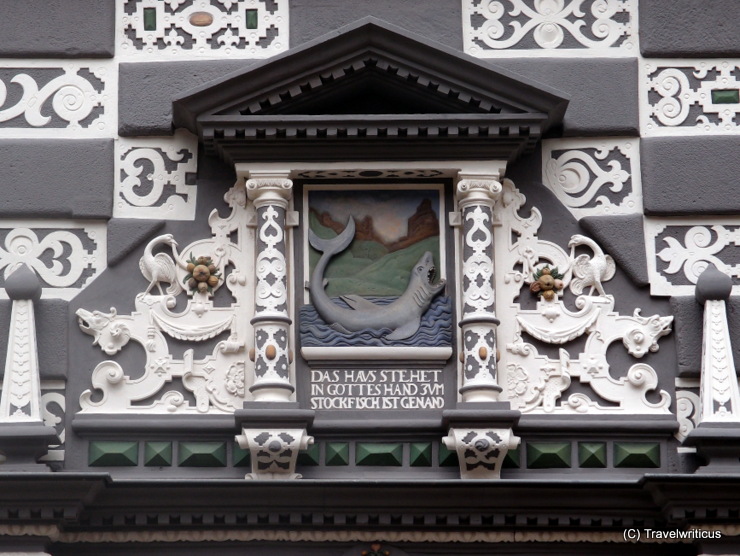
You find this house sign on a Renaissance building in Erfurt, generally known as the Haus zum Stockfisch (House to the Stockfish). Today, the building hosts the municipal museum of Erfurt. [German]
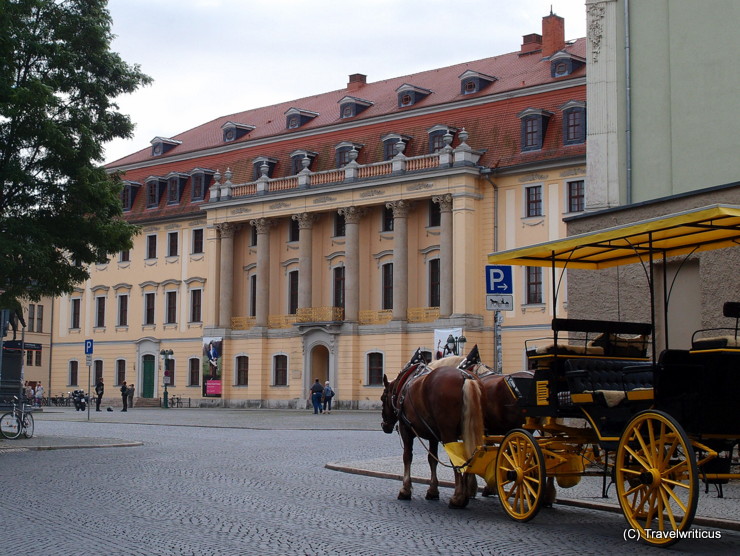
The Fürstenhaus in Weimar is a building with much history. Planned as a site for an authority, it turned into the residence of a Duke. After hosting a series of parliaments, it houses the “University of Music FRANZ LISZT Weimar” today.
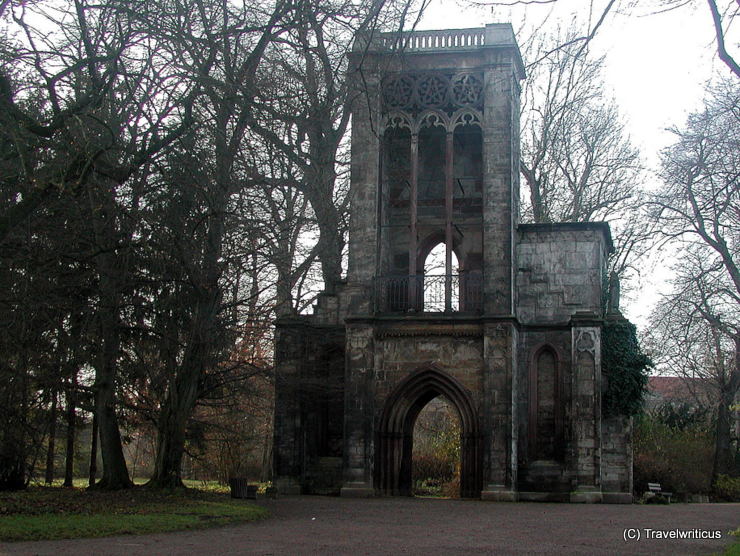
Many years ago, I came across an old ruin in Weimar. Its name – Tempelherrenhaus – made me think of the mysterious templars. But I was wrong. The building was a former ducal venue that transformed into a ruin after an air raid in 1945. [German]
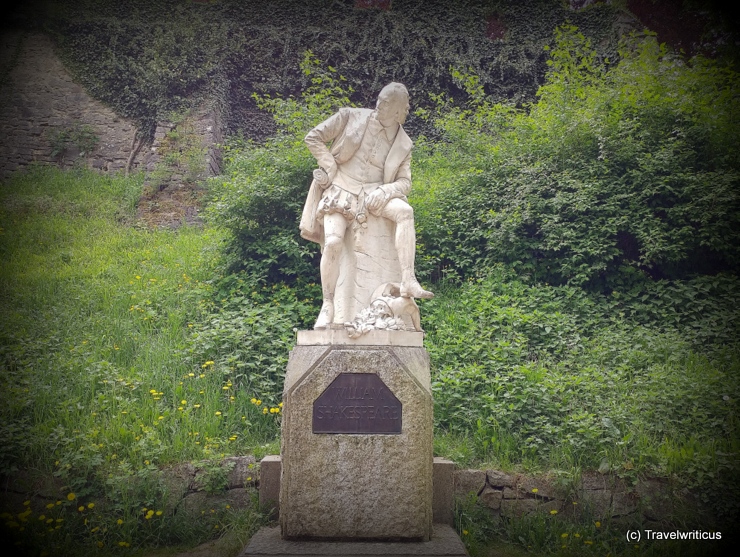
Not far from the artificial ruins in Ilmpark stands a monument to William Shakespeare. The tribute of a British poet in Weimar surprises, but there is a reason. Goethe is considered a main protagonist in the German Shakespeare reception of his time. [German]
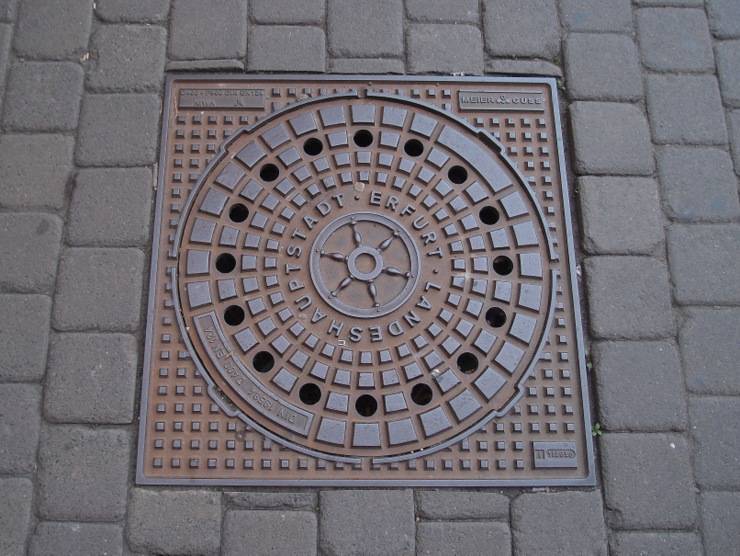
The manhole covers in Erfurt show the local city arms. The wheel in this coat of arms originates from the Wheel of Mainz (Mainzer Rad). In this way, the symbol refers to the period when Erfurt formed a part of the Electorate of Mainz. [German]
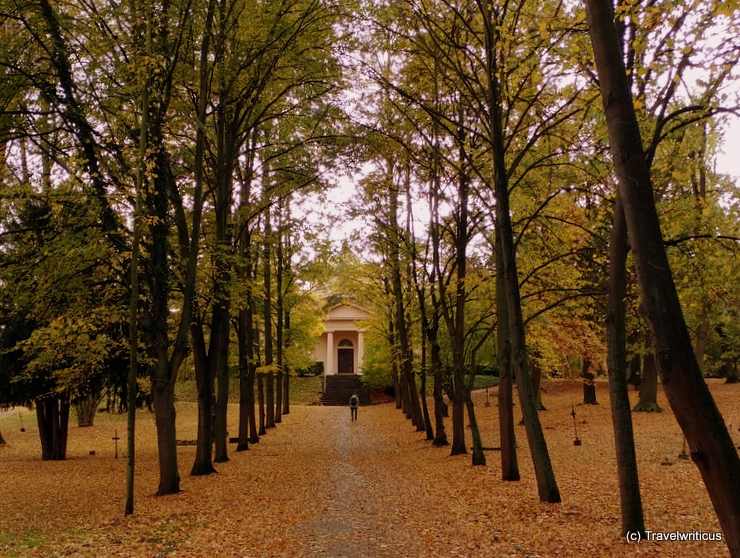
The Historic Cemetery (Historische Friedhof) is part of the World Heritage Site titled Classical Weimar. Johann Wolfgang von Goethe rests here in the Ducal Vault (Fürstengruft). [German]
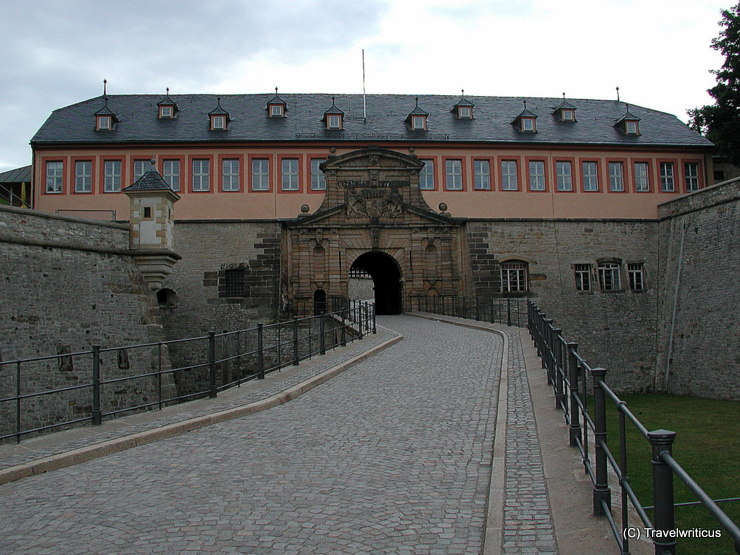
The Zitadelle Petersberg (Petersberg Citadel) is a well-preserved city fortress in the centre of Erfurt. The buildings in the Baroque style were hardly destroyed in wars and escaped demolition during city modernization in the 19th century. [German]

I took this view of Friedenstein Castle (Schloss Friedenstein) from the staircase of the Ducal Museum of Gotha. The early Baroque palace was built in the mid-17th century by Ernest I, Duke of Saxe-Gotha. [German]

Visitors of Erfurt find this romantic lane named Kirchgasse next to Augustine’s Monastery (Augustinerkloster). Martin Luther stayed as a monk in this monastery from 1505–1511.

The memorial site to Ernst Abbe reminded me more of a temple than a simple monument. A look through the glass door increased the impression. The dainty image of the industrialist and social reformer Ernst Abbe rested on a massive herm. [German]